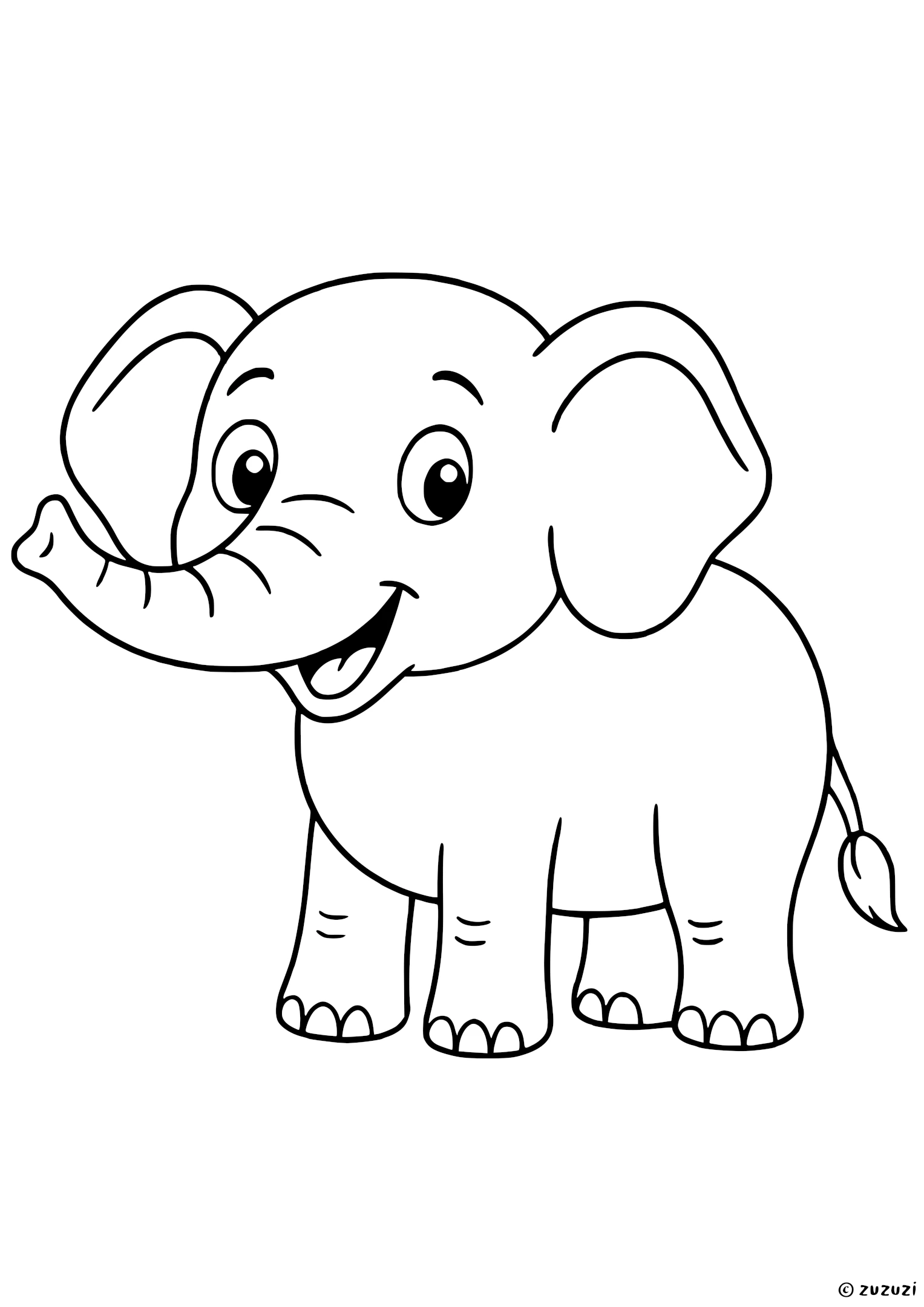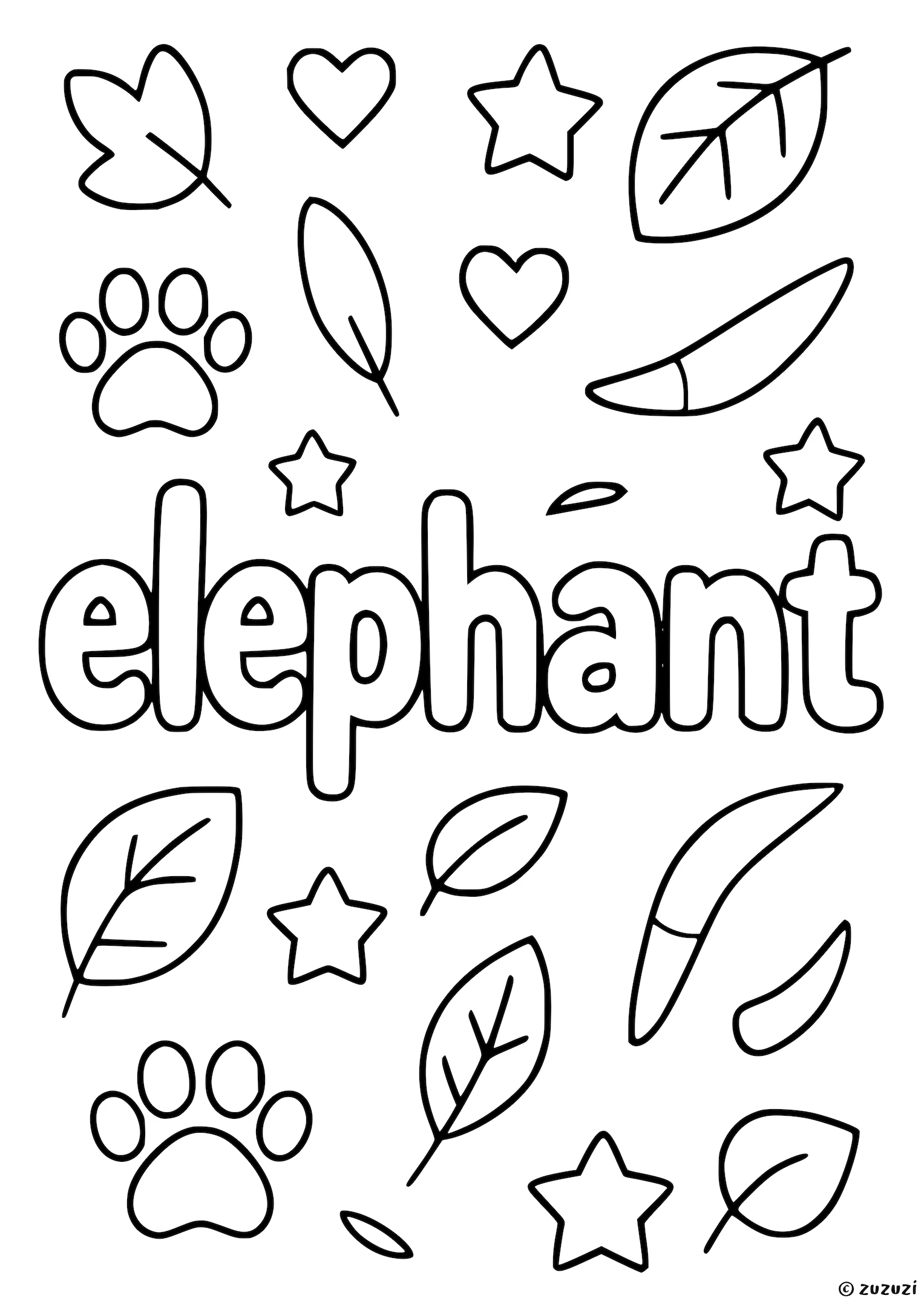Coloring ideas for Elephant
Elephants are usually gray, but that doesn’t mean your elephant can’t be purple, green, or even rainbow-striped! Try using soft gray for the body, pink for the inside of the ears, and white for the tusks. You can also add fun details like flowers, hats, or stars on their bodies for a creative twist. For the background, draw the warm savannah with golden grass, bright blue skies, and maybe even a tree or two for your elephant to nap under.
On the back of the page, why not try writing some fun facts about the elephant, or its name in different languages? You could even give it a name of your own, or draw your own version using your imagination!
What is an Elephant?
Elephants are the largest land animals on Earth, known for their long trunks, floppy ears, and gentle nature. African elephants can weigh up to 13,000 pounds (6,000 kilograms) and live as long as 60 to 70 years in the wild. Their tough, wrinkled skin helps protect them from the sun and keeps them cool, while their big ears act like fans to lower their body temperature. Elephants are herbivores, eating grass, fruit, bark, and leaves, and they need lots of food and water each day. They live in herds led by a wise female called a matriarch and are famous for their strong family bonds. Elephants communicate through rumbling sounds, trumpeting calls, and even low noises humans can’t hear. You can find these gentle giants across Africa and Asia, roaming forests, grasslands, and savannahs.
How to say Elephant in different languages?
- English: Elephant
- French: Éléphant
- Spanish: Elefante
- Arabic: فيل
- German: Elefant
- Chinese: 大象
- Japanese: 象
- Korean: 코끼리
- Portuguese: Elefante
- Italian: Elefante
- Hindi: हाथी
- Russian: Слон
- Turkish: Fil


